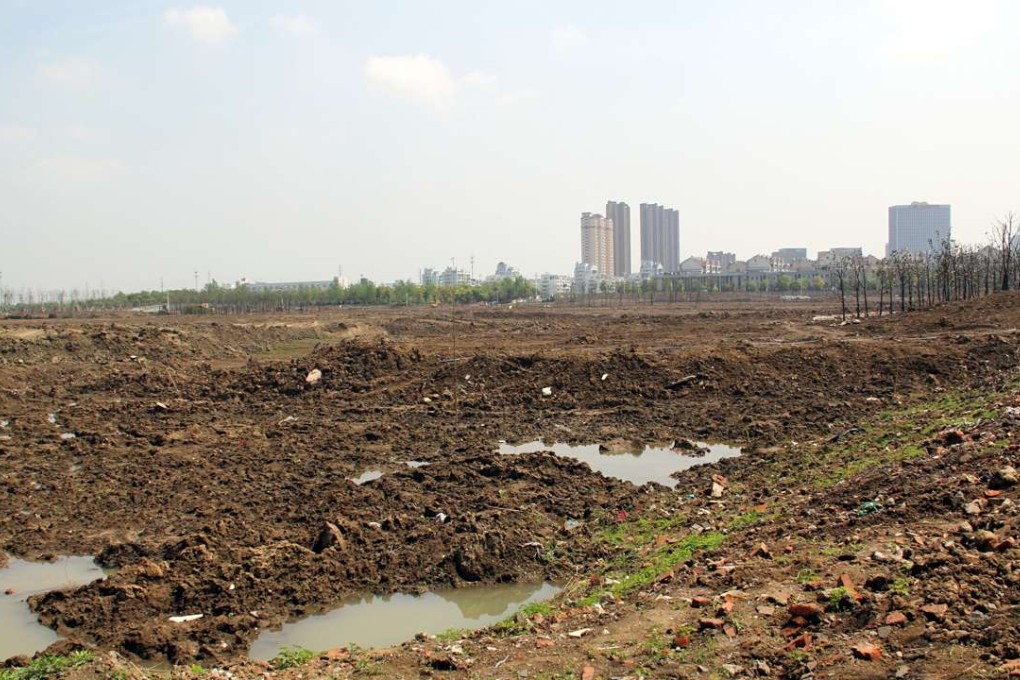Are you at risk from China’s polluted soil? Check this map
First release of such detailed data is a boost for transparency and may help activists whose legal actions are often hobbled by a lack of figures

A mainland environmental group has published China’s first soil pollution map to pinpoint pollution sources and gauge the public health and other safety risks that it says the government has yet to fully account for.
Ma Jun, director of the Institute of Public and Environmental Affairs said the map was compiled after collecting public information on 4,500 companies and 729 industrial parks, and identifying thirteen sectors that were potential soil pollution sources, including petrochemicals, fertilisers, pesticides, mining, metal smelting, battery production and pharmaceuticals.
Emissions from these sectors tend to contain highly toxic and even carcinogenic substances such as heavy metals, and improper treatment could lead to long-lasting remove soil and groundwater pollution that posed severe public health risks.